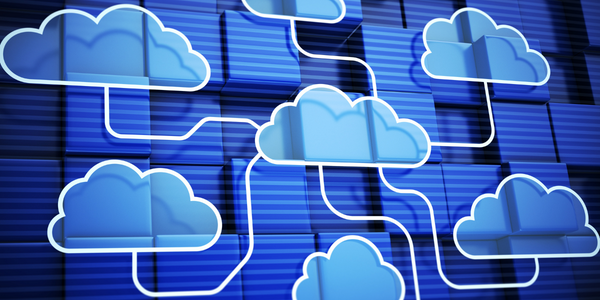Technology Category
- Platform as a Service (PaaS) - Device Management Platforms
- Robots - Wheeled Robots
Applicable Industries
- Electronics
- Telecommunications
Use Cases
- Personnel Tracking & Monitoring
- Tamper Detection
Services
- System Integration
About The Customer
The Ritz London, opened in 1906, is a legendary hospitality establishment known for its style, sophistication, and elegance. It provides a truly magical and memorable experience for all travelers and guests, including many celebrity 'A' listers who often use pseudonyms during their stay. The Ritz places a high emphasis on diplomacy, tact, and sensitivity, paying meticulous attention to detail to ensure no indiscretions are made regarding guest confidentiality. The staff, including top-level executives, use mobile devices for various purposes, including email communication and viewing downloaded files, pictures, or music.
The Challenge
The Ritz London, a legendary hospitality establishment, is renowned for its attention to detail and guest confidentiality. However, a security incident involving the theft of a PDA belonging to the IT manager, Richard Isted, highlighted a significant challenge. The stolen PDA was synchronized to Richard's email, and the existing security measures required the device to connect back to the mobile network to self-destruct. This system was deemed insufficient for lost or stolen devices. Furthermore, Richard needed a solution that would protect the information on all mobile devices used by The Ritz's executives without compromising usability. Many executives used their PDAs for email communication and viewing downloaded files, pictures, or music. Therefore, the solution needed to be user-friendly, fast, and transparent, and allow for a degree of flexibility to accommodate both work-related and personal use.
The Solution
Richard turned to Pointsec's encryption software to address these challenges. The software was designed to be easy to use, fast, and transparent, meeting the executives' needs. It also offered flexibility, allowing employees to use multimedia cards from cameras and other devices without encryption, while ensuring that work-related information stored on the device was protected. The software also featured a 'reward' screen that displayed a message to return the device to the owner for a reward if lost. This feature proved beneficial when an executive lost his PDA on the tube, and the device was returned within hours. Other features that Richard found useful included the remote administration unlock, which allowed him to unlock the device remotely for users who had forgotten their password, and the unique password system using PicturePIN, which allowed users to remember a story based on pictures instead of numbers or letters. The software could also be installed over a fast wireless connection from anywhere in the world.
Operational Impact
Quantitative Benefit

Case Study missing?
Start adding your own!
Register with your work email and create a new case study profile for your business.
Related Case Studies.

Case Study
Remote Temperature Monitoring of Perishable Goods Saves Money
RMONI was facing temperature monitoring challenges in a cold chain business. A cold chain must be established and maintained to ensure goods have been properly refrigerated during every step of the process, making temperature monitoring a critical business function. Manual registration practice can be very costly, labor intensive and prone to mistakes.

Case Study
Cloud Solution for Energy Management Platform-Schneider Electric
Schneider Electric required a cloud solution for its energy management platform to manage high computational operations, which were essential for catering to client requirements. As the business involves storage and analysis of huge amounts of data, the company also needed a convenient and scalable storage solution to facilitate operations efficiently.

Case Study
Leveraging the IoT to Gain a Competitive Edge in International Competition
Many large manufacturers in and outside Japan are competing for larger market share in the same space, expecting a growing demand for projectors in the areas of entertainment, which requires glamor and strong visual performance as well as digital signage that can attract people’s attention. “It is becoming more and more difficult to differentiate ourselves with stand-alone hardware products,” says Kazuyuki Kitagawa, Director of Service & Support at Panasonic AVC Networks. “In order for Panasonic to grow market share and overall business, it is essential for us to develop solutions that deliver significant added value.” Panasonic believes projection failure and quality deterioration should never happen. This is what and has driven them to make their projectors IoT-enabled. More specifically, Panasonic has developed a system that collects data from projectors, visualizes detailed operational statuses, and predicts issues and address them before failure occurs. Their projectors are embedded with a variety of sensors that measure power supply, voltage, video input/ output signals, intake/exhaust air temperatures, cooling fan operations, and light bulb operating time. These sensors have been used to make the projector more intelligent, automatically suspending operation when the temperature rises excessively, and automatically switching light bulbs. Although this was a great first step, Panasonic projectors were still not equipped with any capability to send the data over a network.






